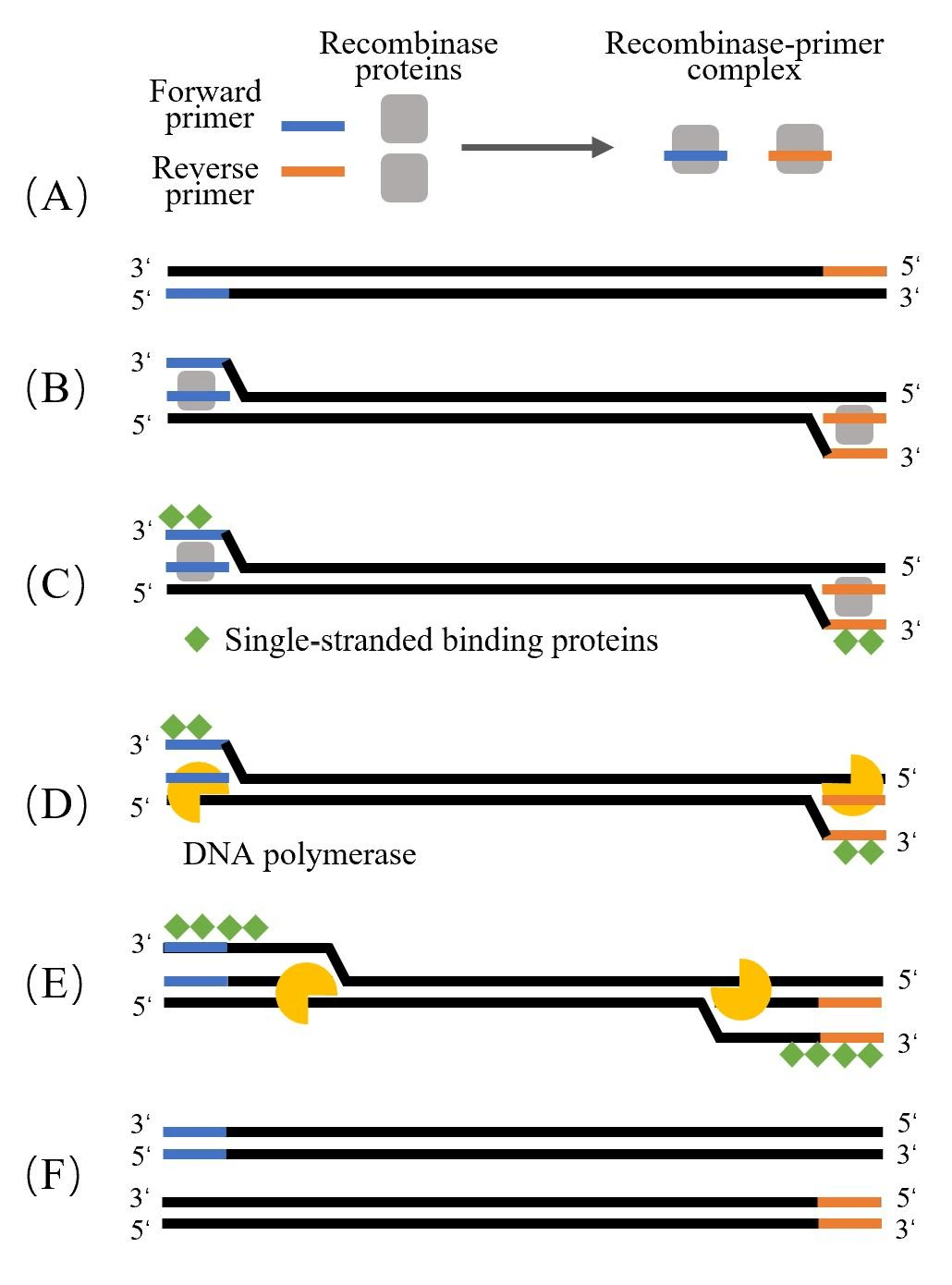Recombinase Polymerase Amplification for Rapid Detection of Zoonotic Pathogens
Preprint |
10.55415/deep-2022-0015
This is not the most recent version. There is anewer
versionof this content available.
Abstract
With the advent of molecular technology, several isothermal techniques for fast detecting zoonotic pathogens have been developed. Among them, Recombinase Polymerase Amplification (RPA) is becoming an important technology for rapid, sensitive and economical detection of zoonotic pathogens. RPA technology has the advantage of being implemented in a field-based scenario because the method requires minimal sample preparation and is performed at a constant low temperature (37-42°C). It is rapidly becoming a promising tool for rapid detection and further prevention and control of zoonotic diseases. This article will discuss the principles of RPA technology and its derivatives, including RPA coupled with lateral flow test (RPA-LF), real-time fluorescence RPA, Electrochemical RPA, Flocculation RPA and other technologies, and their applications in detection of zoonotic pathogens for a brief review.


